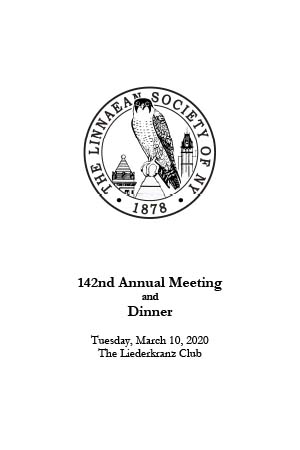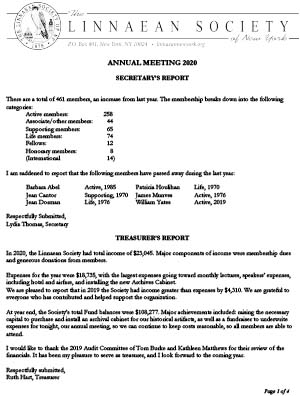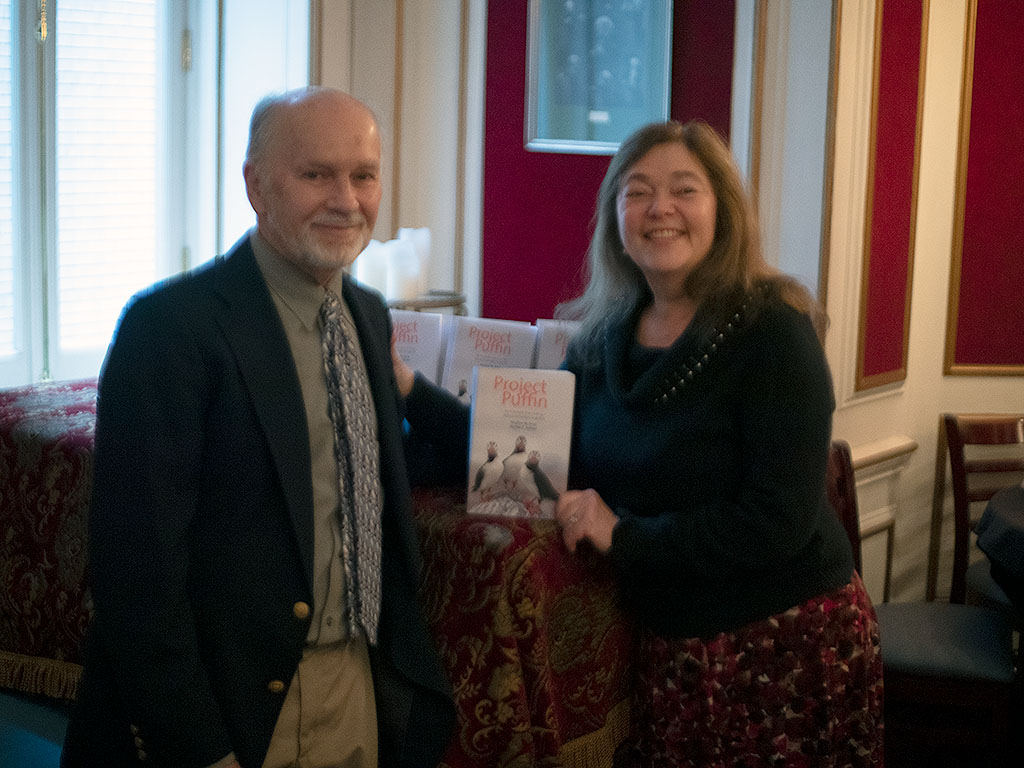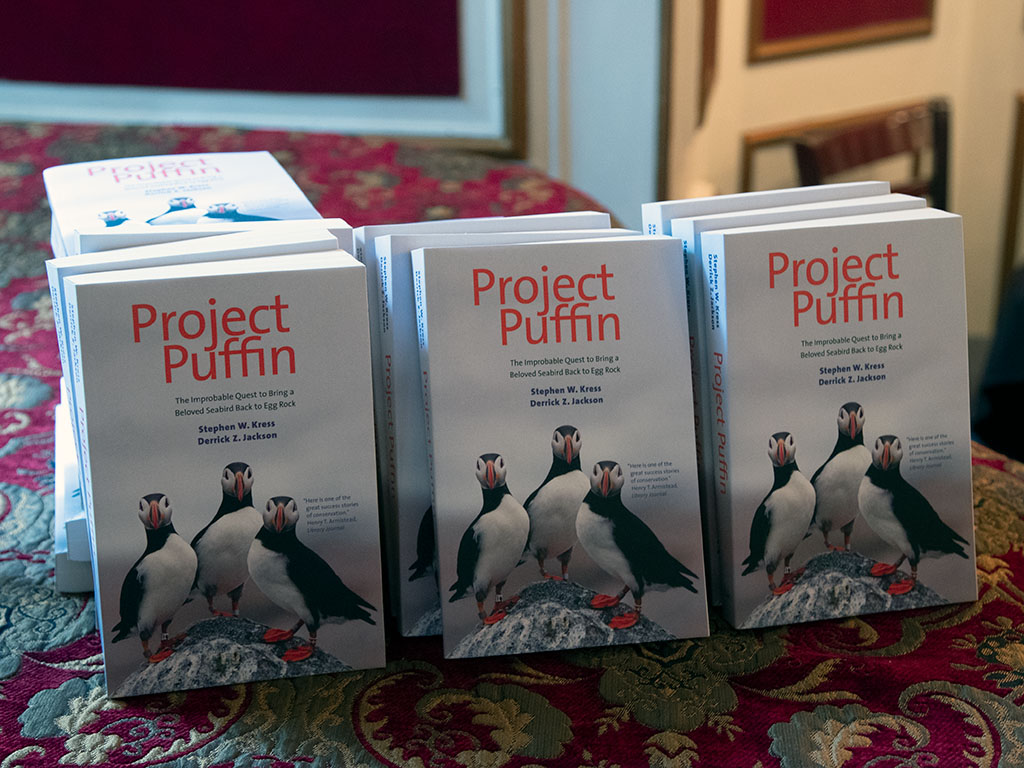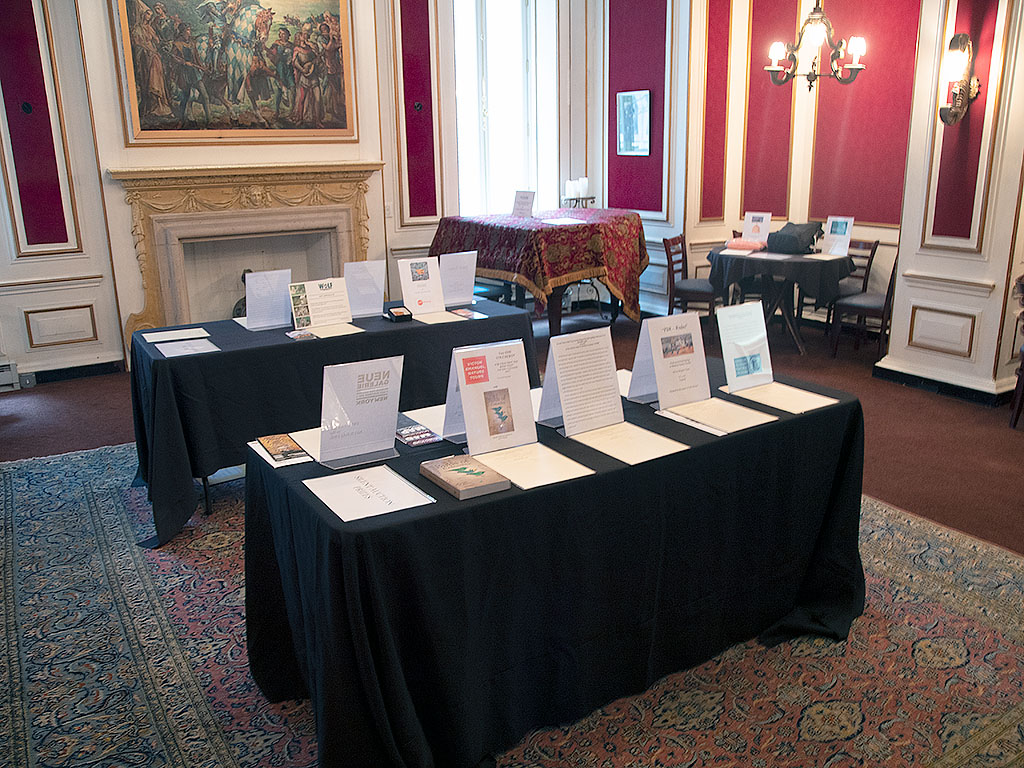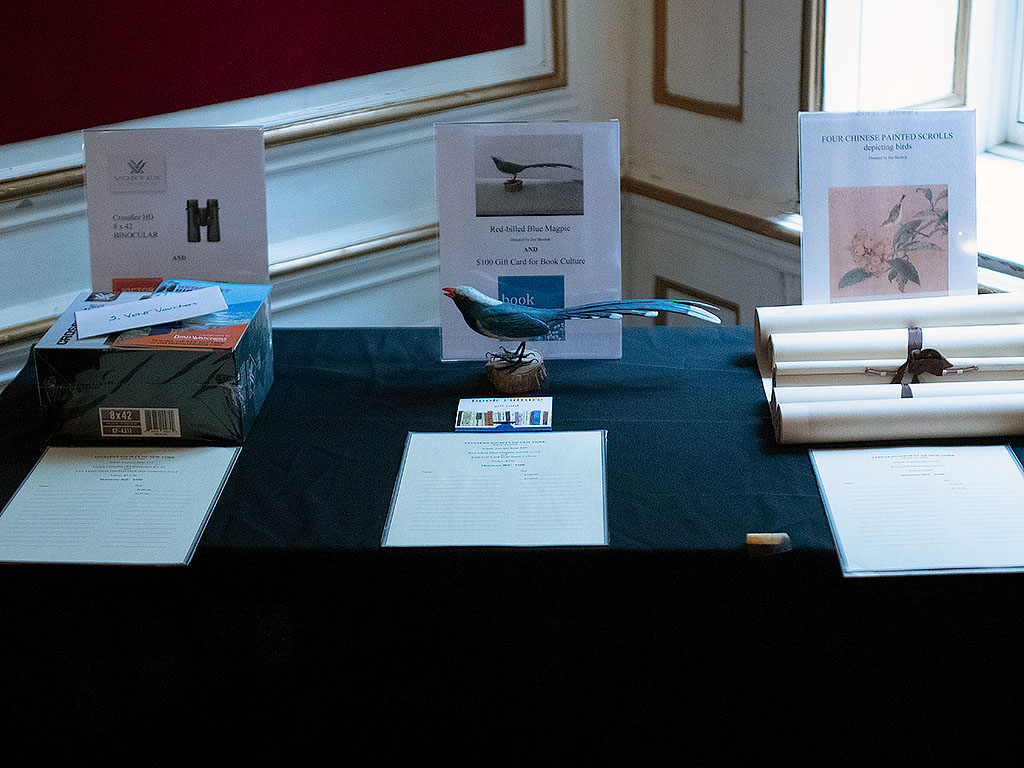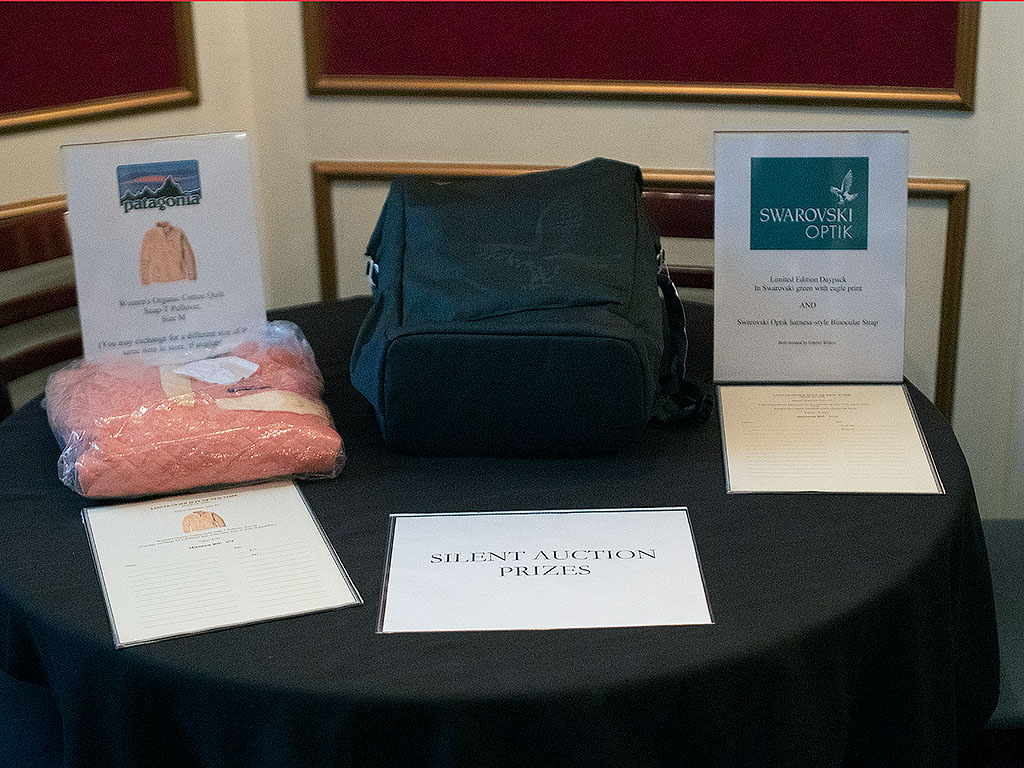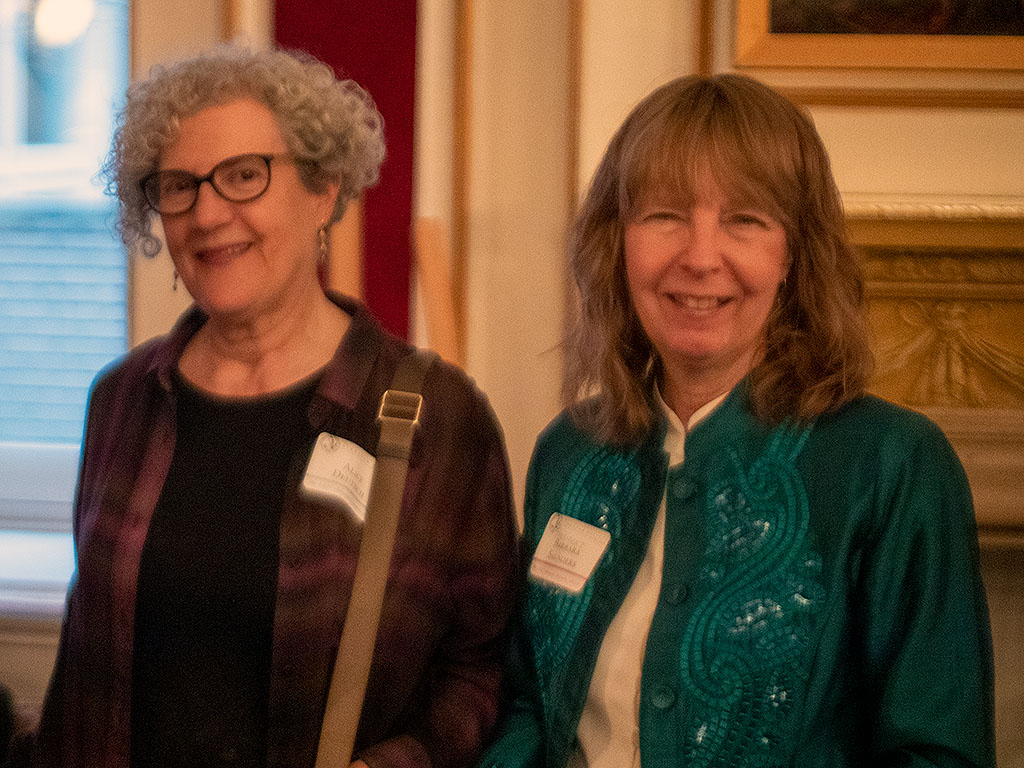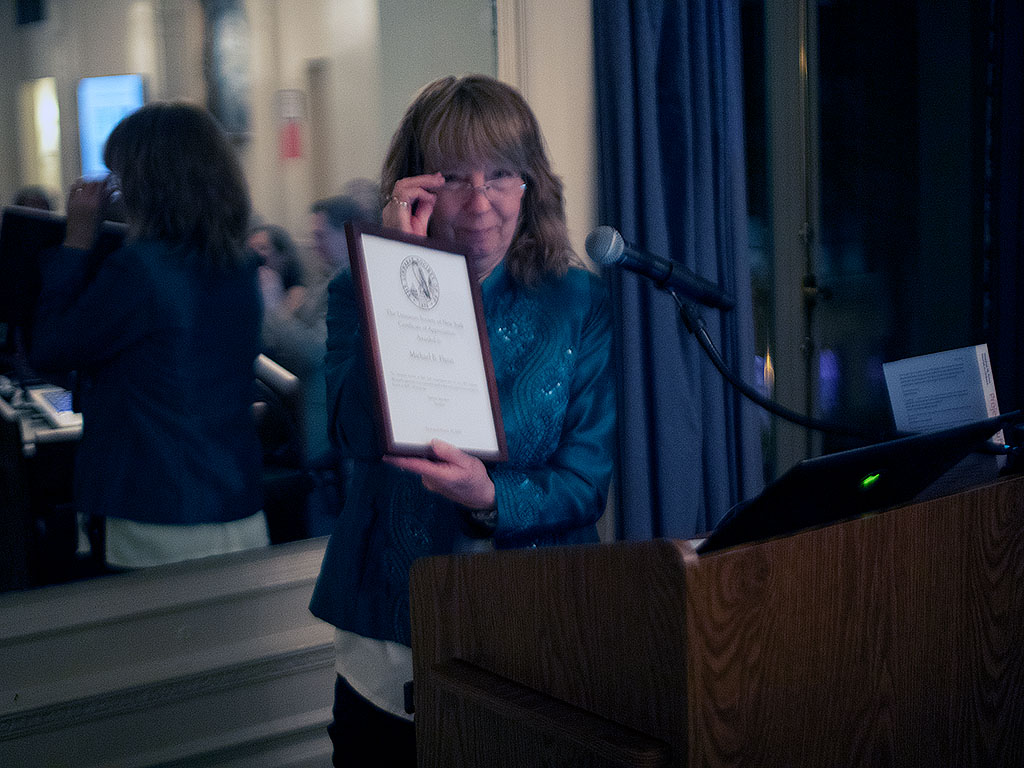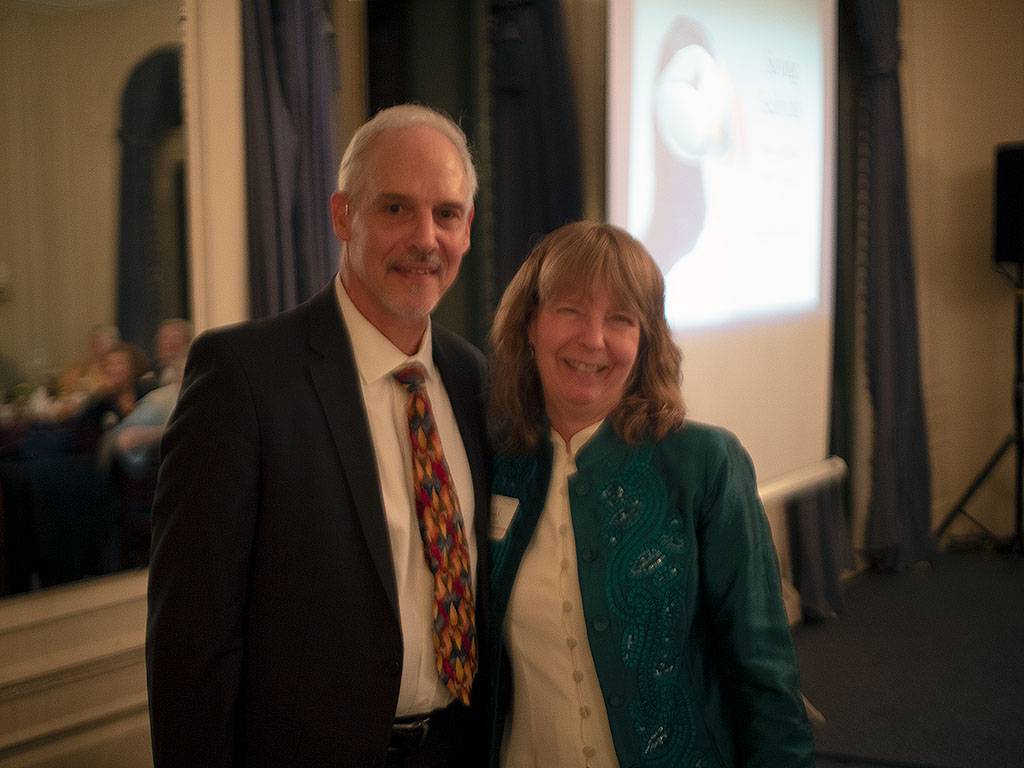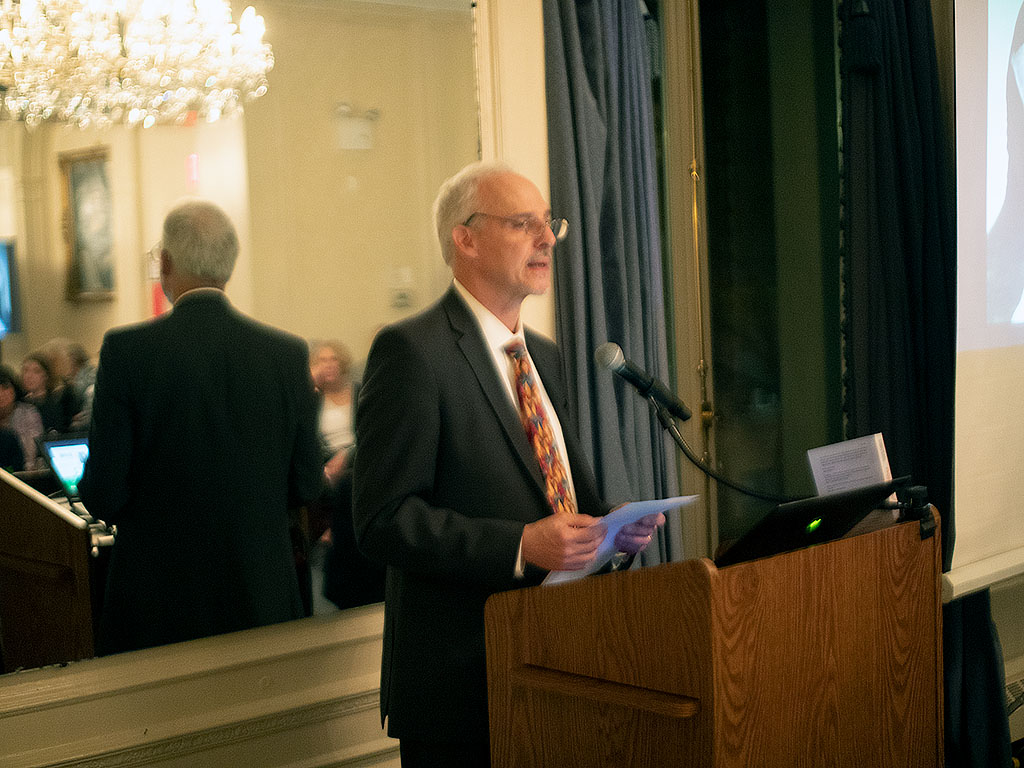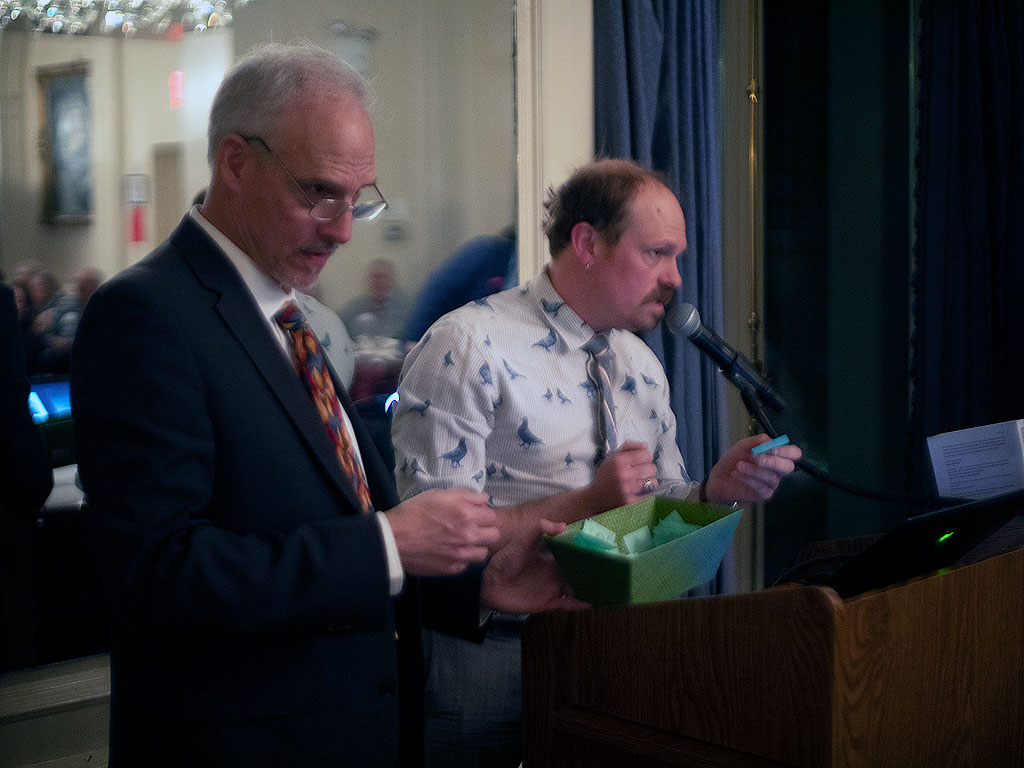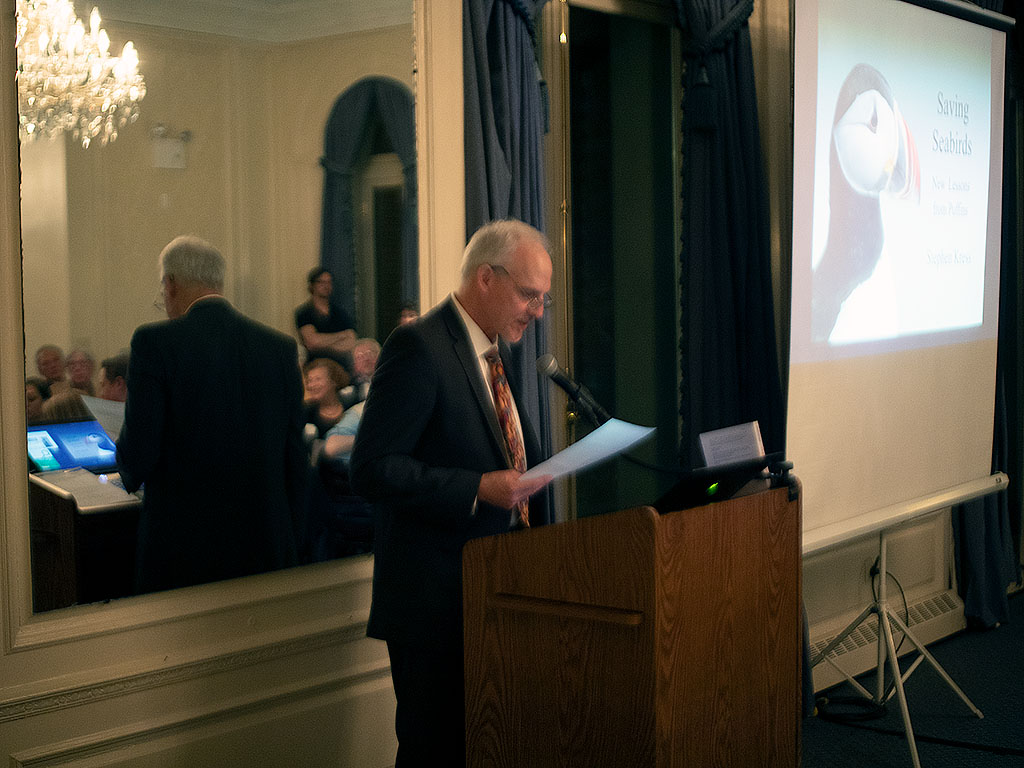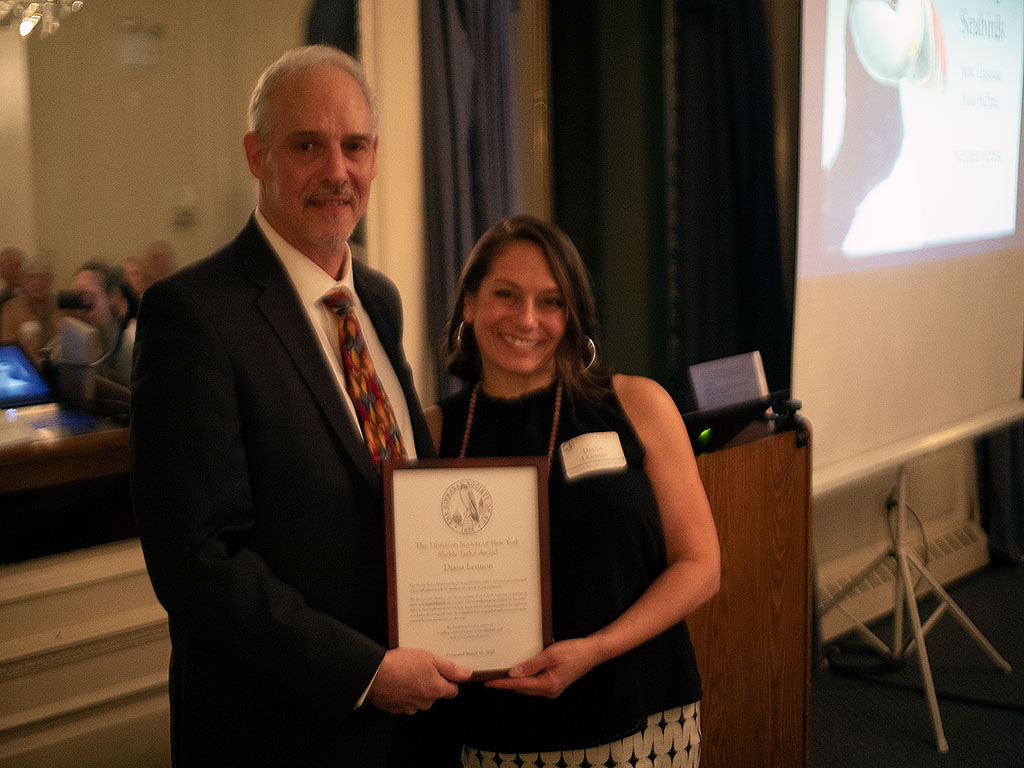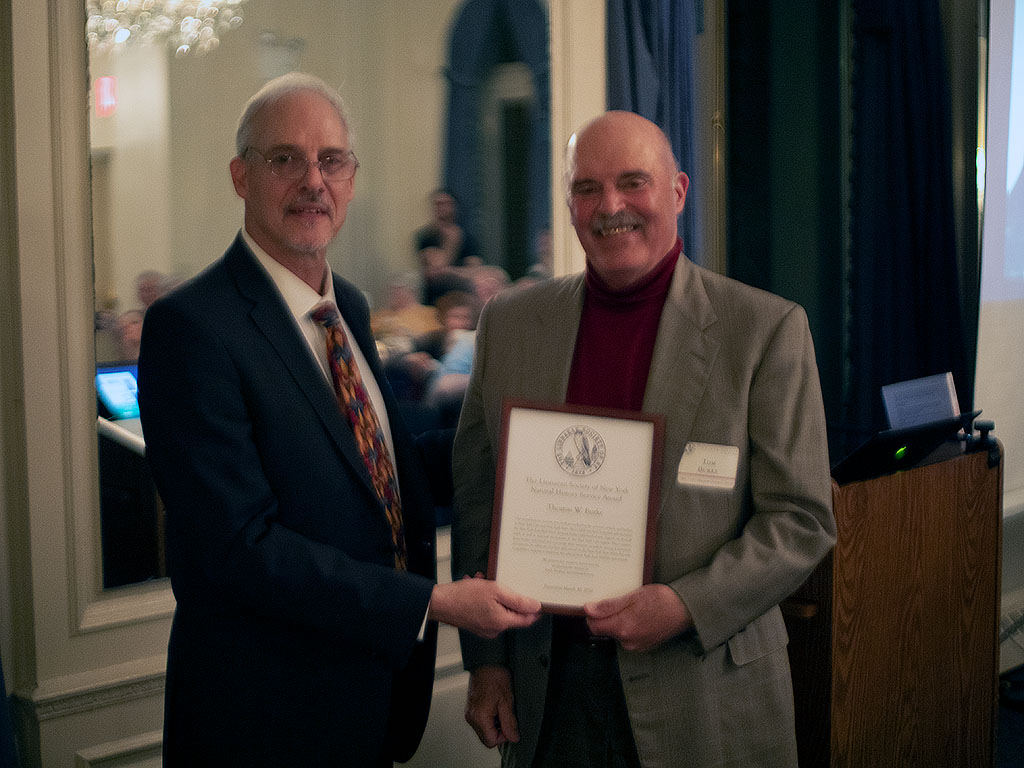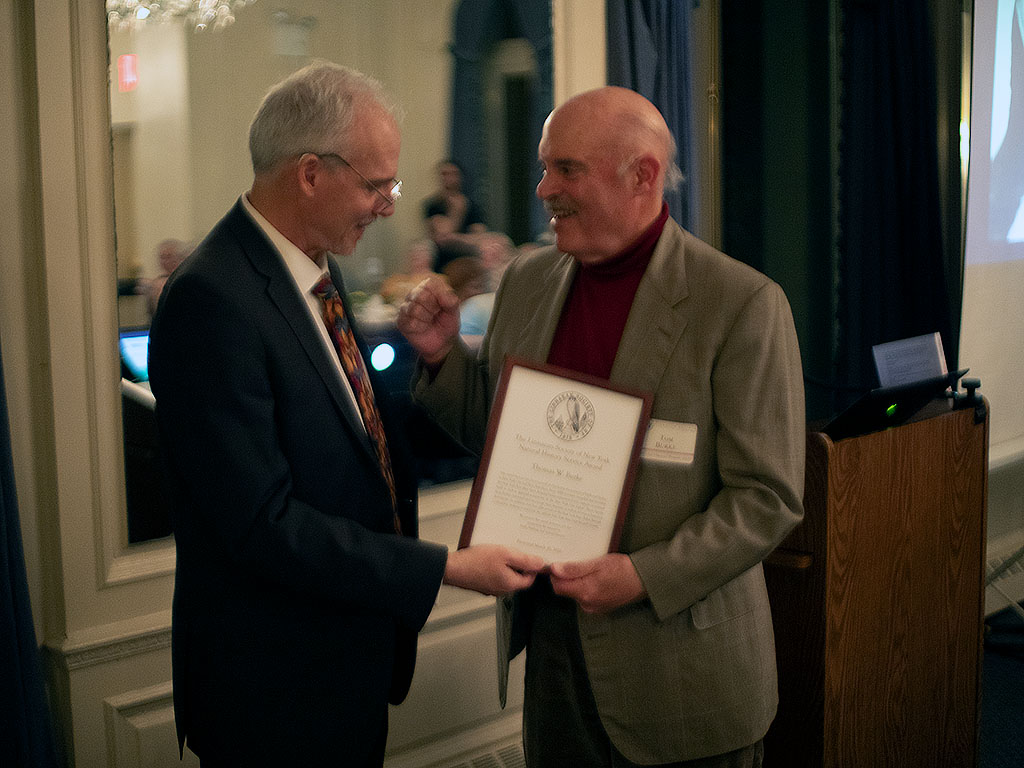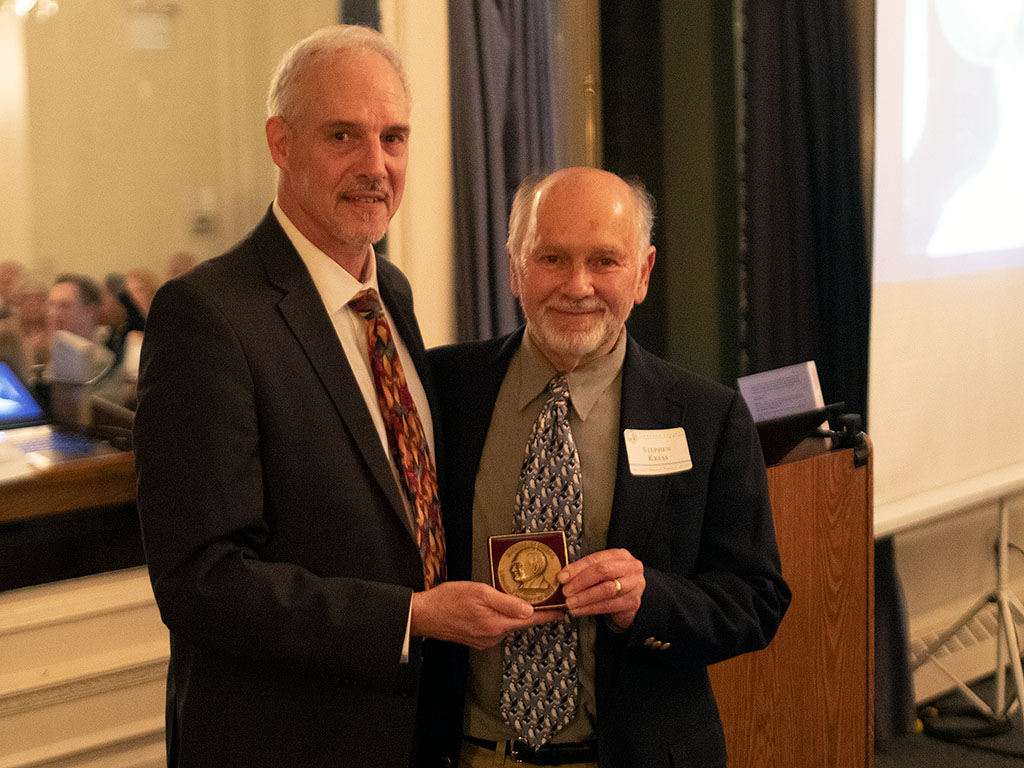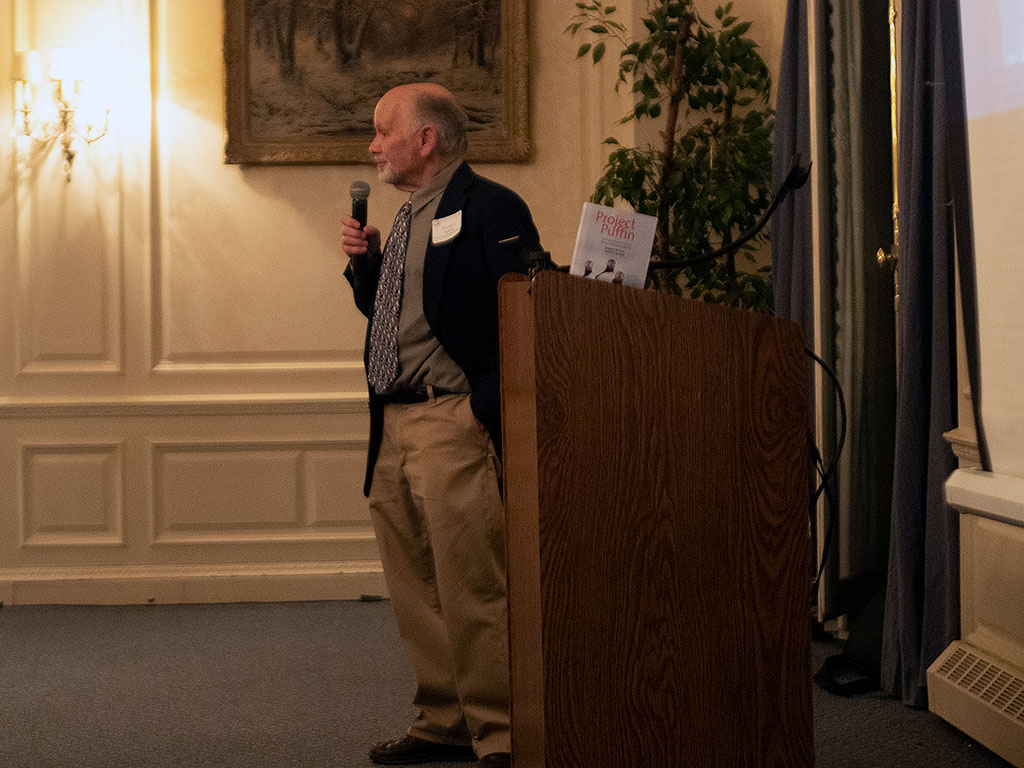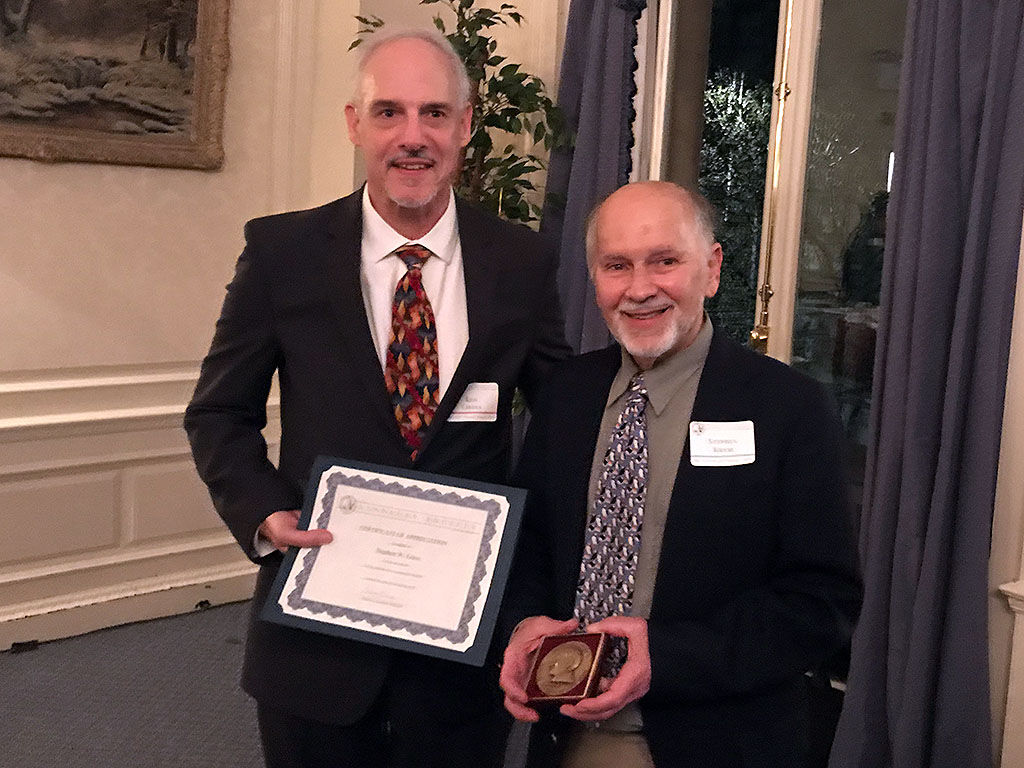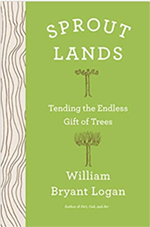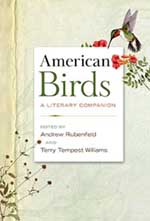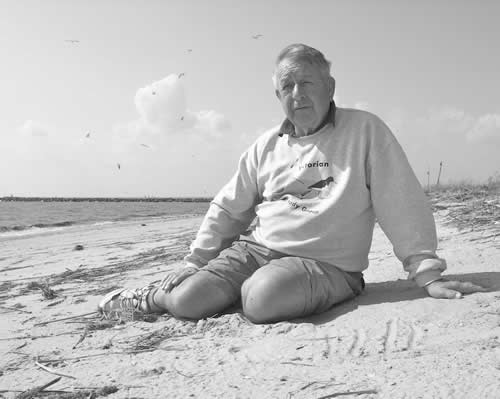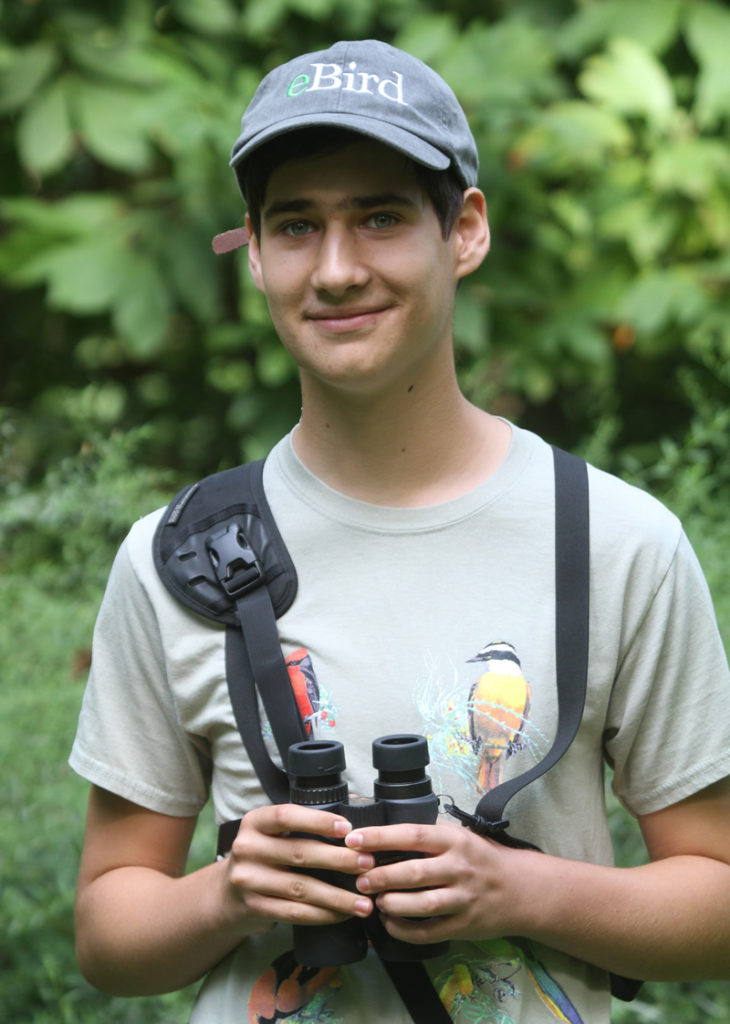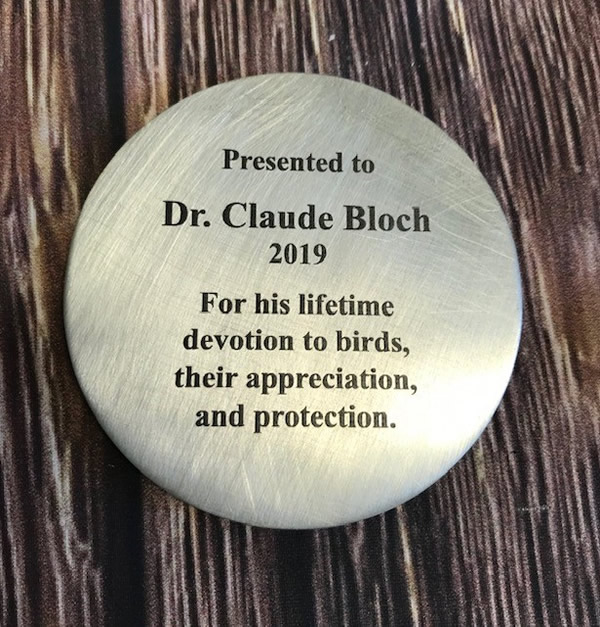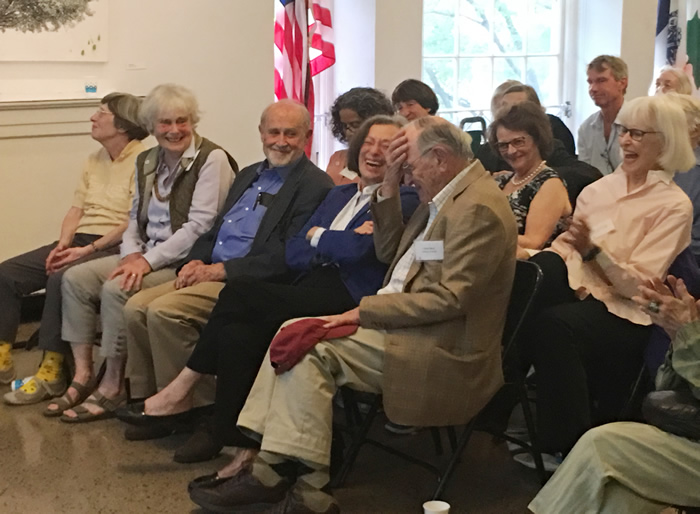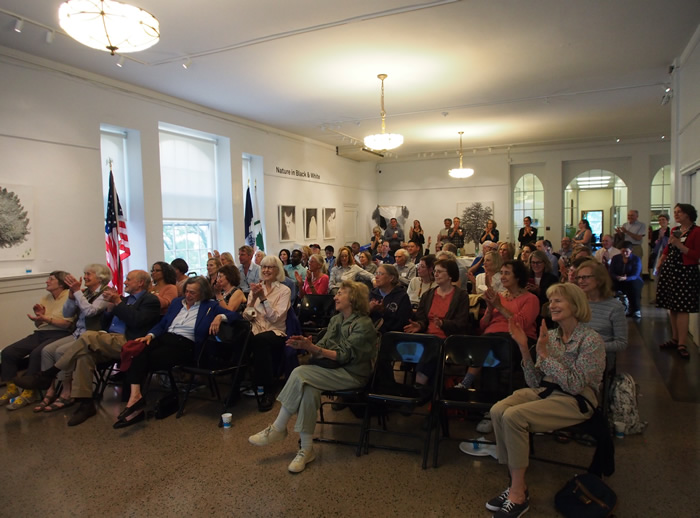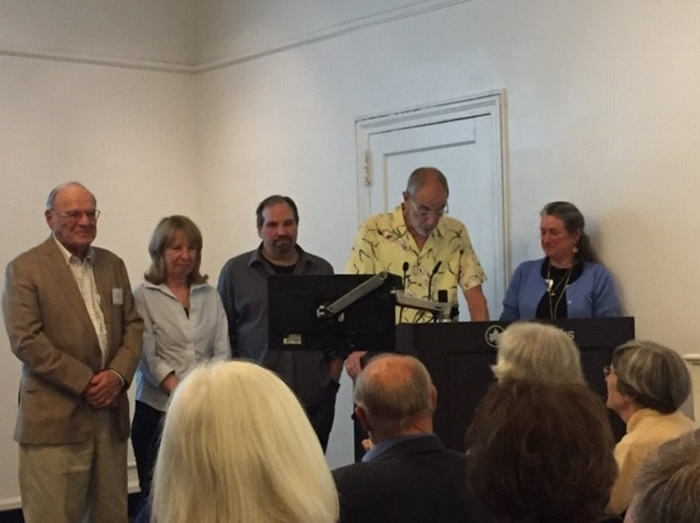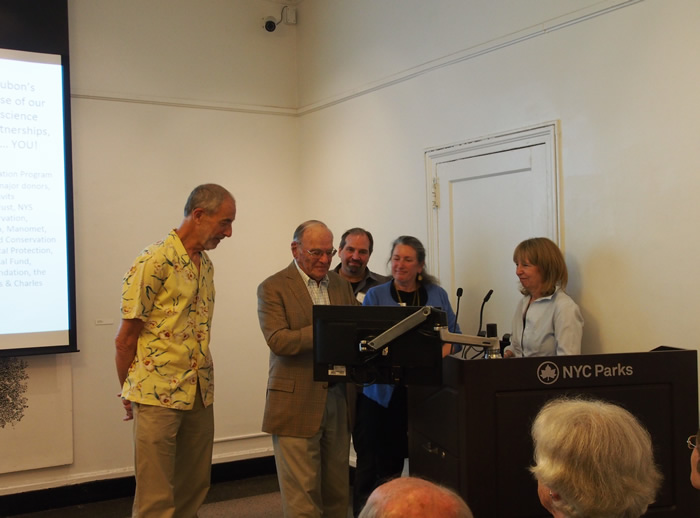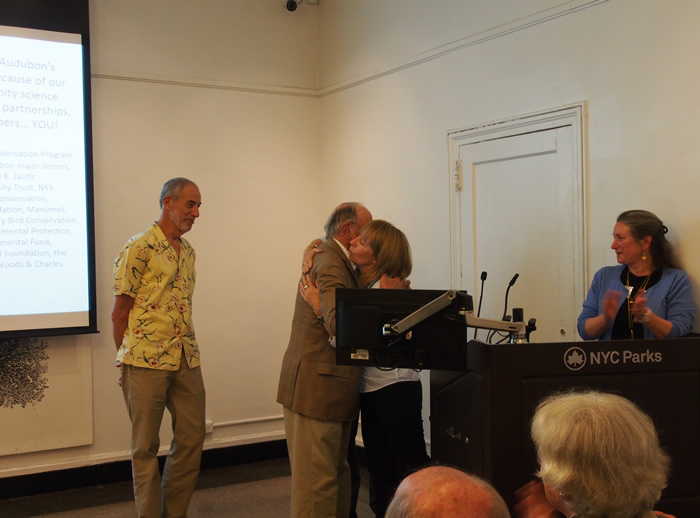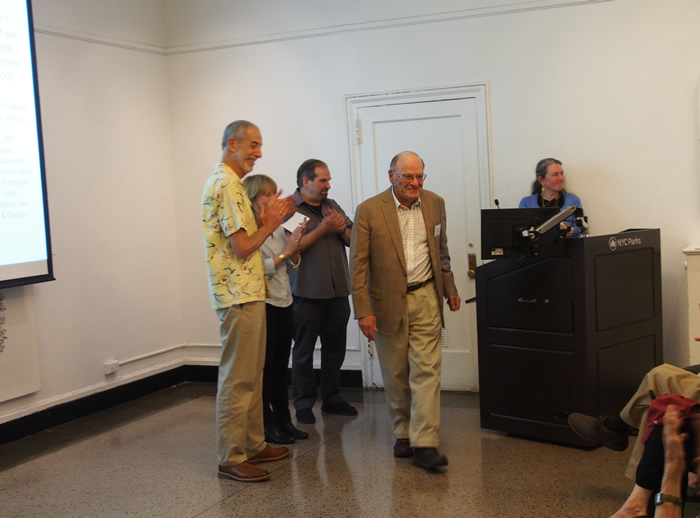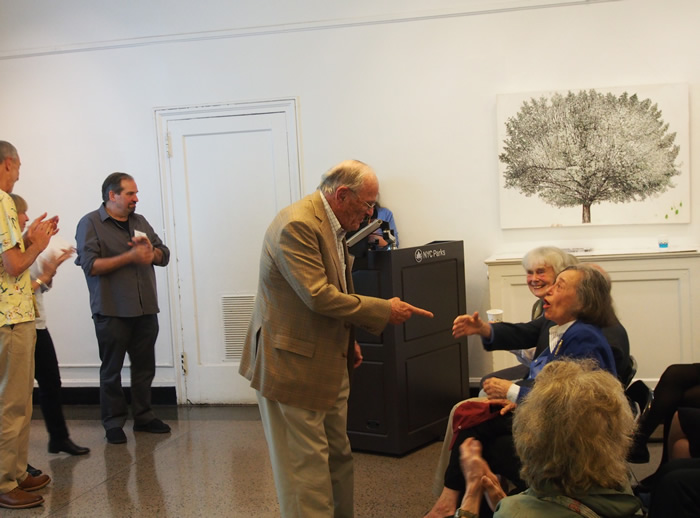February 7, 2020
Sprout Lands: Tending the Endless Gift of Trees
William Bryant Logan
W. W. Norton & Company, 2019
Fires, floods, volcanic eruptions, severe winds, earthquakes and avalanches are all capable of destroying trees. Whole sections of forest can seem to be wiped from the face of the planet. Yet a significant number of trees will survive to flourish once more. About 2,000 years after the end of the last ice age, roughly 9,700 years ago, Mesolithic humans noticed this persistent nature of forests and started to intentionally damage trees with fire or stone axes to direct and encourage new growth. With experimentation and practice early humans learned they could make forests produce stems, branches and foliage better suited to their needs, but without killing the trees. The science of arboriculture had begun.
Two tree management techniques, coppicing and pollarding, emerged and were honed and developed. Both involve severely cutting back a tree’s growth, but they differ as to where and how. A coppice is cut close to the ground leaving what is called a stool. New twigs will sprout around the circumference and grow with vigor, largely because they have ample sun and are being fed by a root system large enough to supply the whole previous tree. But coppiced trees have an inherent problem. Both wild and domesticated animals find the young shoots to be delicious. A hungry flock of sheep or goats, or a herd of deer, can consume a large number of them in a very short time, making an entire season’s labor disappear.
At some point, someone thought up pollarding, a very successful way to get similar results from the trees while also keeping the new growth safe. The tree is cut six to eight feet above ground, high enough that foraging animals can’t reach the new growth. Obviously, this wouldn’t work where giraffes or other tall browsers were plentiful. A wooly mammoth, which was nine to eleven feet tall at the shoulder, could break off or uproot even a substantial tree. Fortunately, these two tall species were not everywhere, and even tall deer would take easier provender if it were available. This periodic cutting in the same place changes the appearance of the tree because the top end of the trunk, variously called a knuckle or a cat’s head, thickens over time.
With these two techniques humans were able to get more and better production from trees. Trees had become an agricultural product of widely varied uses. The size of the desired branch determined when the harvest should take place. Yearling or two-year shoots, some up to six feet long but with little or no branching, would be used to bind coarse work like fencing and walkways, or dried and hardened to make good, straight arrows. They could also be split into thirds lengthwise, then ninths to make fine long strips for weaving baskets or even clothing. Older growth, three to six years, depending upon the species of tree and the growing conditions, might become axe, rake, or hoe handles, spears, fence rails or support for thatching in animal shelters. Later, as shipbuilding became more science than guesswork, entire trees were trained and formed to stable shapes that matched the demands of the design. For ribbing in a large ship’s hull several decades or even several generations might be required. They weren’t so much hewn from large trunks as they were grown to the task. It took less time, created less waste and was a more stable piece of wood to work. It stayed that way in use unlike the pieces cut from trunks of much larger trees. Even the harvesting of an entire trunk and branch for shipbuilding left a coppice if done properly. Very little went to waste. The fine twigs and branches bearing leaves became “winter hay,” food for livestock and, sometimes, a survival diet to sustain the people through a very tough winter. It is a very efficient and parsimonious way to produce wood.
With each harvest the process began again. Different areas would be cut for different purposes and harvested at different intervals. Whatever forest type an animal might prefer or require, there would be a patch or a region nearby in that stage of growth. This variety of habitat types allowed for a much broader range of species diversity as well as healthier plants and animals overall. A better way of living within nature had been created. Instead of harvesting entire trees, or now entire sections of forest, man had learned to address his needs by making things from what trees would grow, not from pieces he could shape from trunks and large branches. Agriculture in this form more closely resembles symbiosis than predation.
William Bryant Logan, who sets all this out with clarity and verve in Sprout Lands, is a pretty big name in the world of arboriculture. He is on the faculty of the New York Botanical Garden. He is a Certified Arborist. He has been awarded both the Senior Scholar Award and the True Professional of Arboriculture Award from the International Society of Arboriculture (ISA). He is also an award-winning author. Three previous books, Oak, Air and Dirt helped the shine on his escutcheon with Quill and Trowel Awards from the Garden Writers of America. You might say he takes trees seriously.
Logan grew up in San Francisco. His exposure to trees that had been coppiced or pollarded began there, but was not extensive. He learned more about the two practices in his training for professional certification, but neither technique was a significant part of his work as owner of Urban Arborists, Inc. When it came time for the Metropolitan Museum of Art to do something about their trees, his company was asked to submit a bid. Urban Arborists, Inc. got the job, but Bill Logan wanted more and better information. He returned to the West Coast to get it, but didn’t find what he needed if he were to do the first-rate job his personal standards required. Much more research was going to be necessary. This dearth of information probably planted the seed of the idea that a book would emerge if the research went well.
For his research, Logan traveled to the British Isles. There he found more than techniques. He found a deep history that confirmed what he suspected, that trees and humans had interacted to their mutual benefit for a very long time. He used his book advance to fund the research project. Sprout Lands is the story of his journey to recapture this ancient knowledge. He found it – in spades! He also found a history of human interaction with trees going back eight to ten millennia and evidence of how this symbiosis shaped human culture.
Sprout Lands is a non-fiction first person narrative, not a thesis or a proof. Logan recounts his discoveries and relates his interactions with the people he encounters on his journey. His writing style is open and clear. You won’t find footnotes or citations supporting his claims. Neither will you be looking for them. The reader can see clearly through Logan’s eyes. He provides plenty of drawings and photographs. So when he claims the Ents in Tolkein’s Hobbit trilogy weren’t imagined, but seen, you know why he can make that conjecture. The same is true about “[t]ill Burnham Wood remove to Dunsinane” in Shakespeare’s Macbeth (5.3.2). Certainly, those thousands of long, straight branches would have been available. For his claim that trees benefit from the husbandry, the text provides the required evidence.
In a section mostly devoted to Logan’s conversations with a California Chukchansi-Mono basket maker named Lois Conner Bohna, the historical descriptions of the beneficial effects of her clan’s use of fire coppice and pollard are compelling. Weeds, invasive trees, and insect pests were all controlled by this method to the point that these people could depend upon a sufficient mast harvest every year. That is remarkable in light of the oak tree’s annual habit, if left untreated, of alternating bountiful acorn harvests with weak ones. Tragically large forest fires are also mentioned. They didn’t occur where coppice was practiced. They couldn’t. There was never enough fuel on the ground, and the trees were not jammed tightly together to make a canopy fire likely or even possible.
In the Basque region of northern Spain, Logan spoke with people so involved with arboriculture that their entire way if life was shaped by it. He describes the many products the trees provide, some of which supplied the needs of a now defunct iron industry, but also a very human love for competitive sport as entertainment. It is inevitable that woodcutters will challenge each other in contests of skill. It still happens today with the chainsaw, but in Leitza, Spain the tool of choice, both for work and contest, is the axe. For millennia these people have been master woodcutters. Yearly a woodcutting contest draws competition from the rest of Europe. The men of Leitza were usually the victors. But there was an exception. One year some French cutters arrived with a new form of axe. It proved superior to the less advanced form used by the Basques. After testing and studying the new blade, the village smith copied it. The woodcutters of Leitza adopted it and went back to winning the woodcutting contests. This change appears to have been the only significant change in the Leitza way of life in a very long time, probably centuries.
To discover all this rich history Logan had to travel the planet. Each chapter in Sprout Lands is the story of how people in a particular region used coppice and pollard to direct and control the harvest from trees, and how those trees helped shape the local culture. His travels took him to the British Isles, Spain’s Basque region, Japan, California and other regions with the shared practices. He met generous people willing to share their knowledge and their culture. What emerges from the text is that these disparate and geographically separated groups shared elements of the same culture. One has to ask if this similarity is the nature of man or a product of the trees. The obvious answer is this culture emerges as a result of a symbiosis of humans with trees.
Sprout Lands has a wider significance than one would first guess. Logan collected his information from current masters of the practices still largely living in a relationship with trees that has proved successful for 10,000 years. He learned technique, but also an attitude of respect for people whose way if life is old, but not primitive. Consequently, there is information in Sprout Lands for people with an interest in trees as a harvestable crop, trees as a significant part of the environment, and trees as a shaper of human culture. Interaction with trees is an example of the direction our human population must go if we are to strike a sustainable balance with nature as a whole. I strongly recommend Sprout Lands to anyone who might be interested in a tree, or many trees. You will enjoy the journey.


